Win CENS ProFlex DX5 earplugs worth £1,149 – enter here
Deer ammunition: does your chosen calibre fit the bill?
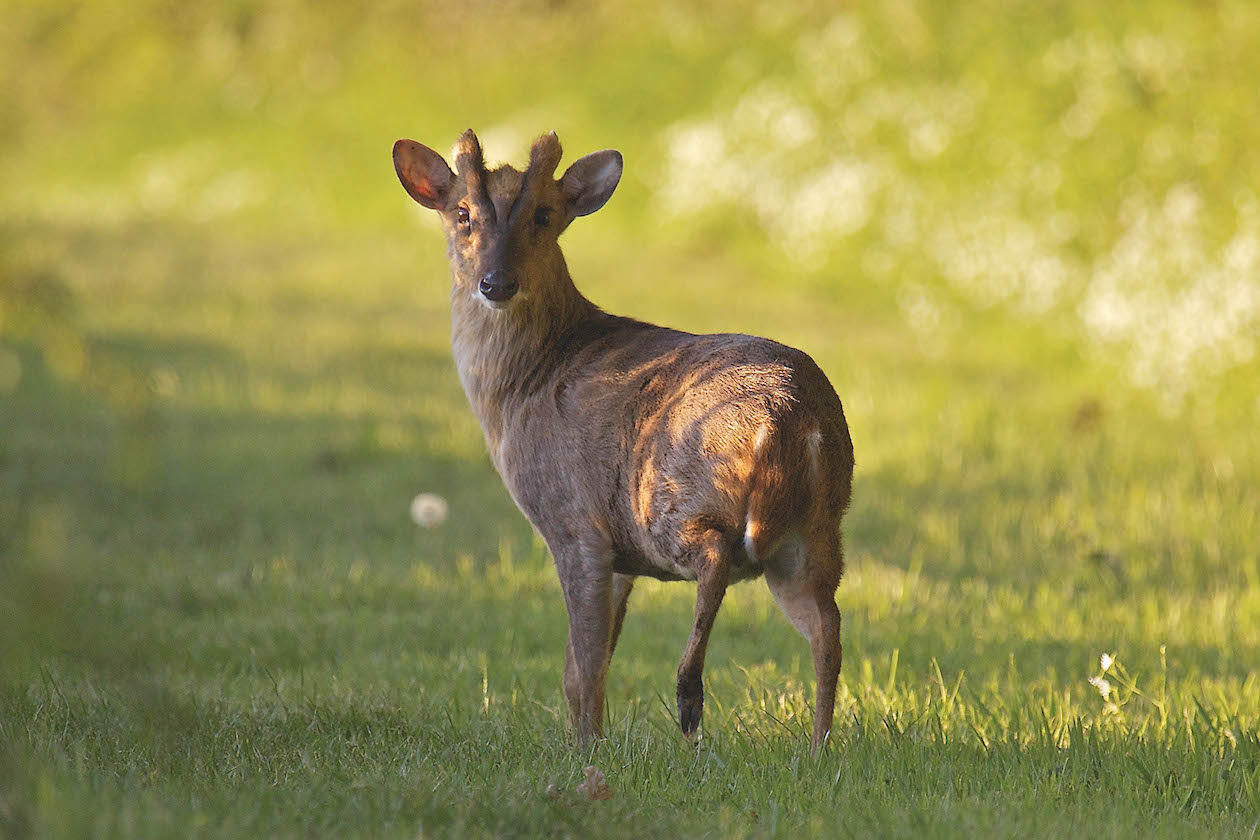 Muntjac Deer, Muntiacus reevesi, near Bradfield, just outside North Walsham, Norfolk.
Muntjac Deer, Muntiacus reevesi, near Bradfield, just outside North Walsham, Norfolk.
Thinking about deer ammunition
While driving to the ground on one foggy morning on the A1, I was thinking about a discussion I had with a friend. That discussion was about deer calibres and recent changes in lead-free bullets in the UK deer scene.
Before I even got to the field I was planning to stalk on, I spotted a six-point roebuck out of the corner of my eye. Although I had not planned to stalk this ground, I wasted no time in getting my kit on. (Read our tips on the best stalking kit.)
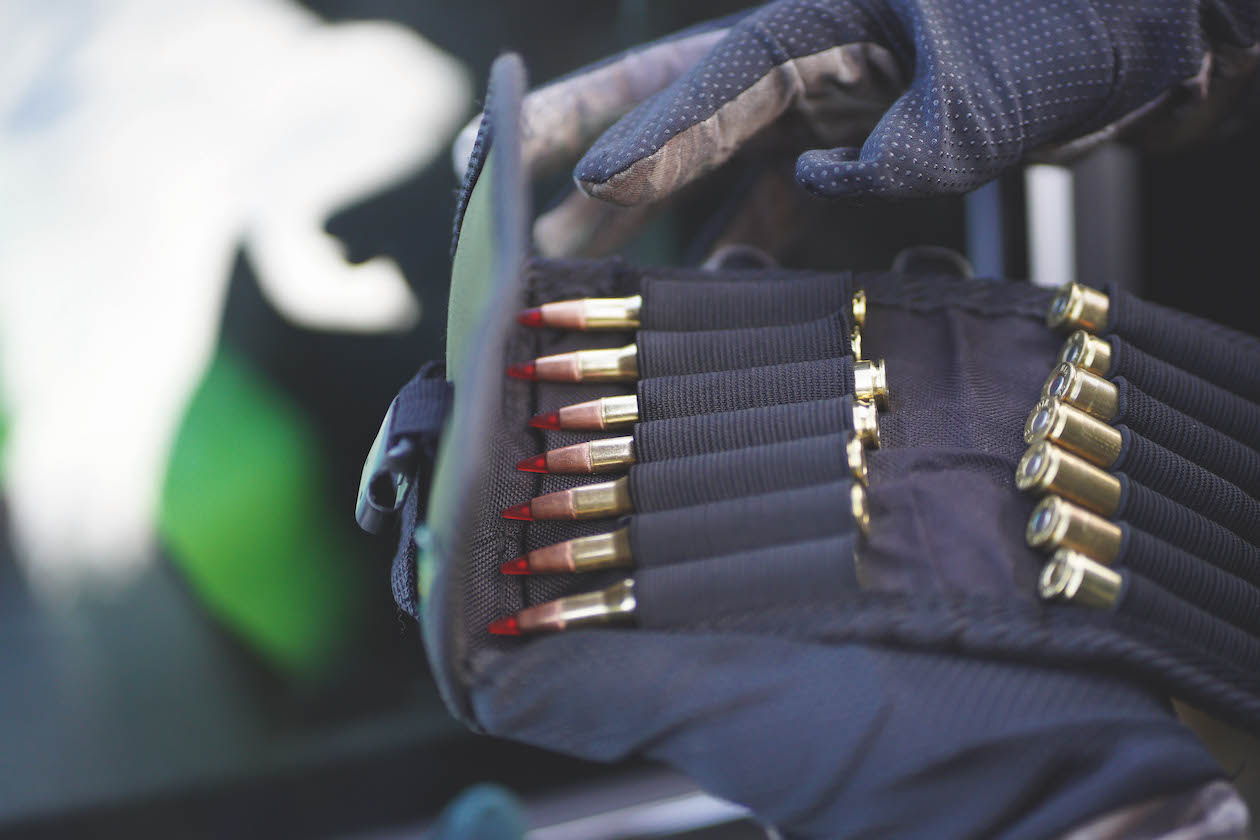
Ali is using Winchester 130-gr copper in .270
On this outing I was carrying brand-new Winchester 130-gr copper ammunition in my .270. I quickly scanned the ground with my thermal imager but could see no animals. I was briskly making my way through the spring wheat in the direction of the serendipitous deer, when, not far away, I spotted another mature roebuck in the woods. After five minutes of observing him, I finally set up my shooting sticks and the game was on.
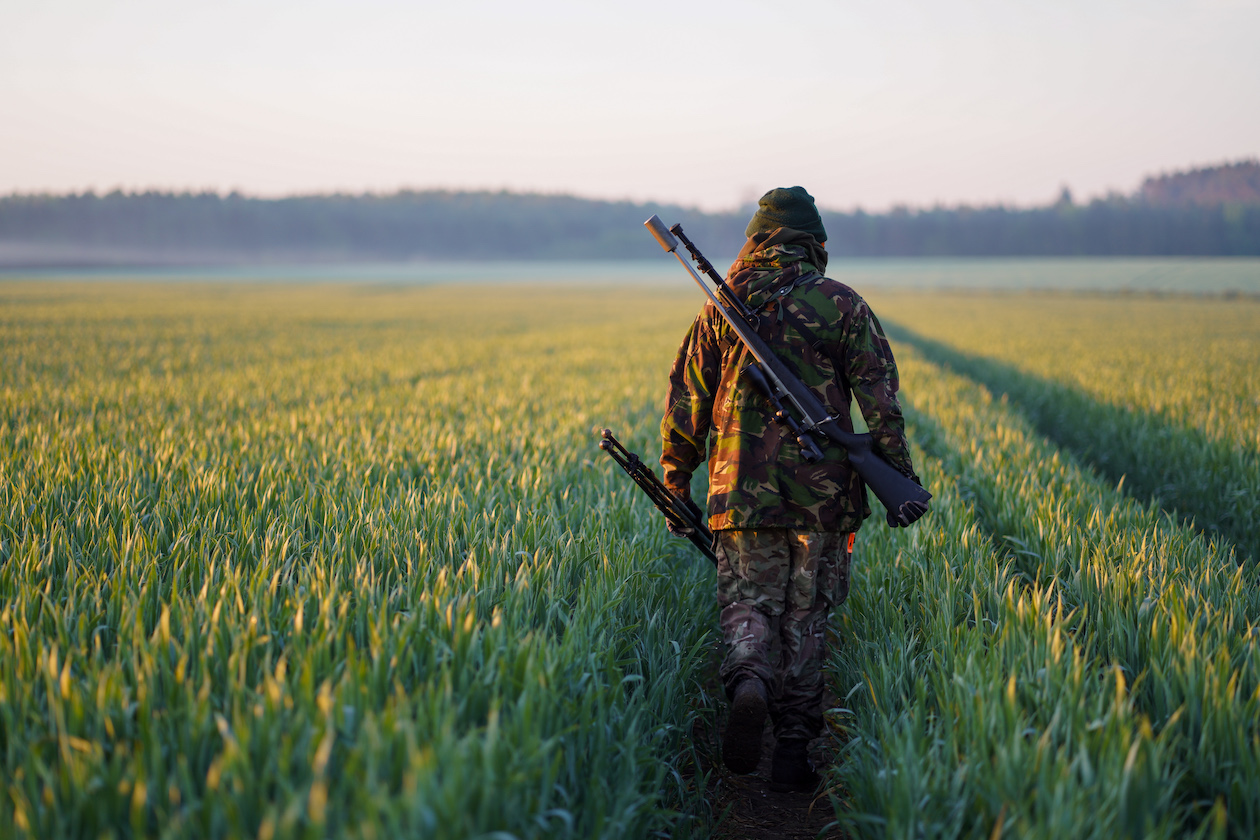
For deerstalkers, bullet selection and shot placement are two crucial aspects that make up a successful hunt
I was very excited to be using my new copper bullets. The animal finally stood broadside. I carefully started squeezing the trigger and was almost about to break when, microseconds before the firing pin could spring forward, the roebuck bolted. I instinctively moved my finger off the trigger; luckily, the shot did not go off. I would say that it is the closest I’ve ever come to firing a shot and needing to abort. C’est la vie. I decided to look for the buck I had spotted from the road. I marched through the spring wheat and saw his heat signature from a distance that I knew must mean it was the same buck. He was fraying young shrubs every 40 yards along the hedgerow, close to a road.
I knew a shot would not be possible unless the buck moved 180 degrees to the other side of the field, where it was safe to shoot. At one point, I was a mere 50 yards away before he spotted me and bolted in the wrong direction.
I decided to squeeze in some target practice with my new deer ammunition at different ranges and call it a day. It’s always best to end the day with full knowledge that my calibre and bullet are ready for anything the British Isles can throw at it.
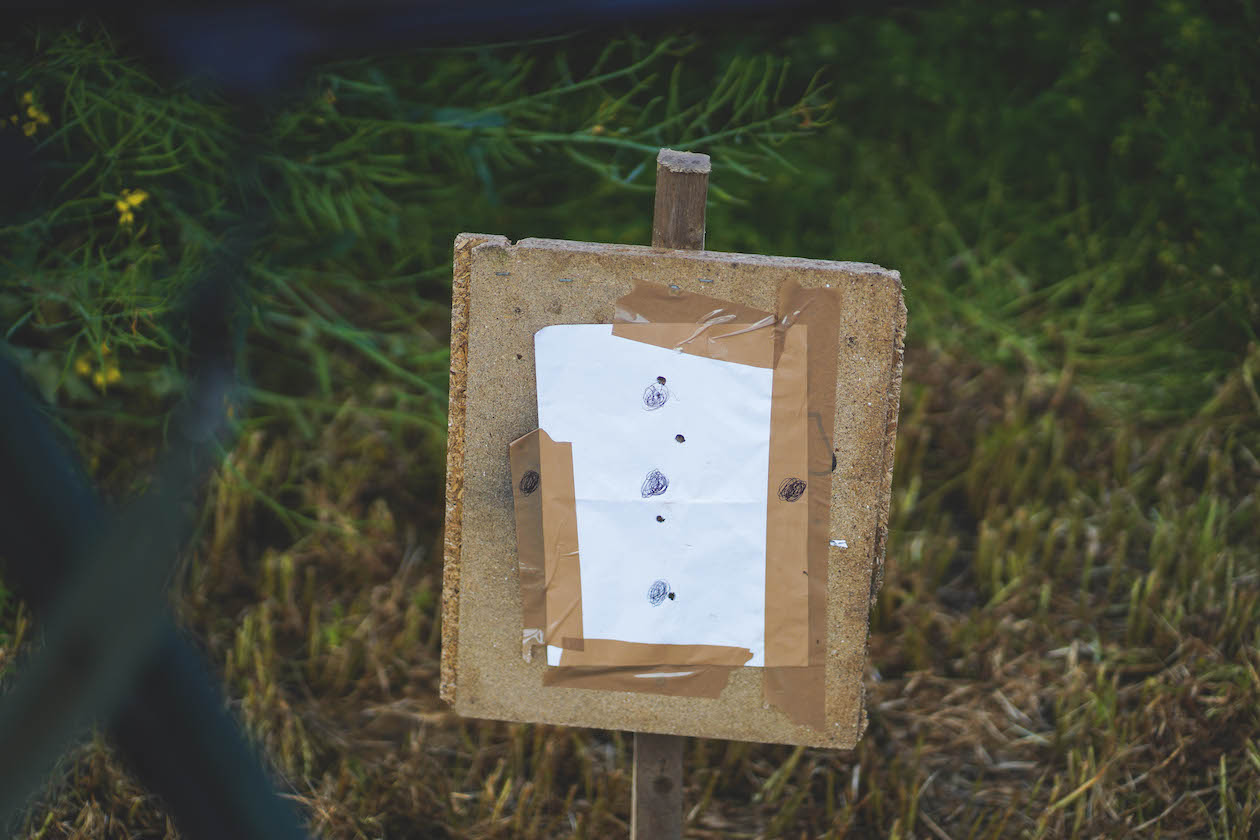
Al still has faith in the .270 calibre, as it is suitably hard-hitting for deer and recommended for boar
While at the range, I considered if there really is a perfect calibre for deerstalking. I am always confident that my .270 round will perform but the question of which calibre is best is akin to asking which car is best. A powerful sports car is no use in an off-road situation; similarly your SUV is unlikely to win on the track. It is the same with rifles. The answer as to which calibre is best for deerstalking is rather simple: no such calibre exists.
To this day, there is no one calibre that rules them all. The real question is not which is the best deer calibre but, rather, which is the best deer ammunition. Ultimately, unlike target shooting, deerstalking is based on terminal ballistics and we can only measure it by what terminal ballistics show.
Complicated
Terminal ballistics depend on the bullet, not the rifle discharging it, so I was frustrated that I was unable to get a shot on live quarry with the Winchester copper rounds. Of course, bullet construction was a complicated subject in the past when we were dealing with lead, but now we are moving to lead-free bullets that are monolithic (single metal), that conversation has become even more complicated.
I asked Edward Bewsher, from Edinburgh Rifles and Sporting Goods, which calibre they sell the most of, and what the recent trends have been in terms of copper rifle ammo uptake.
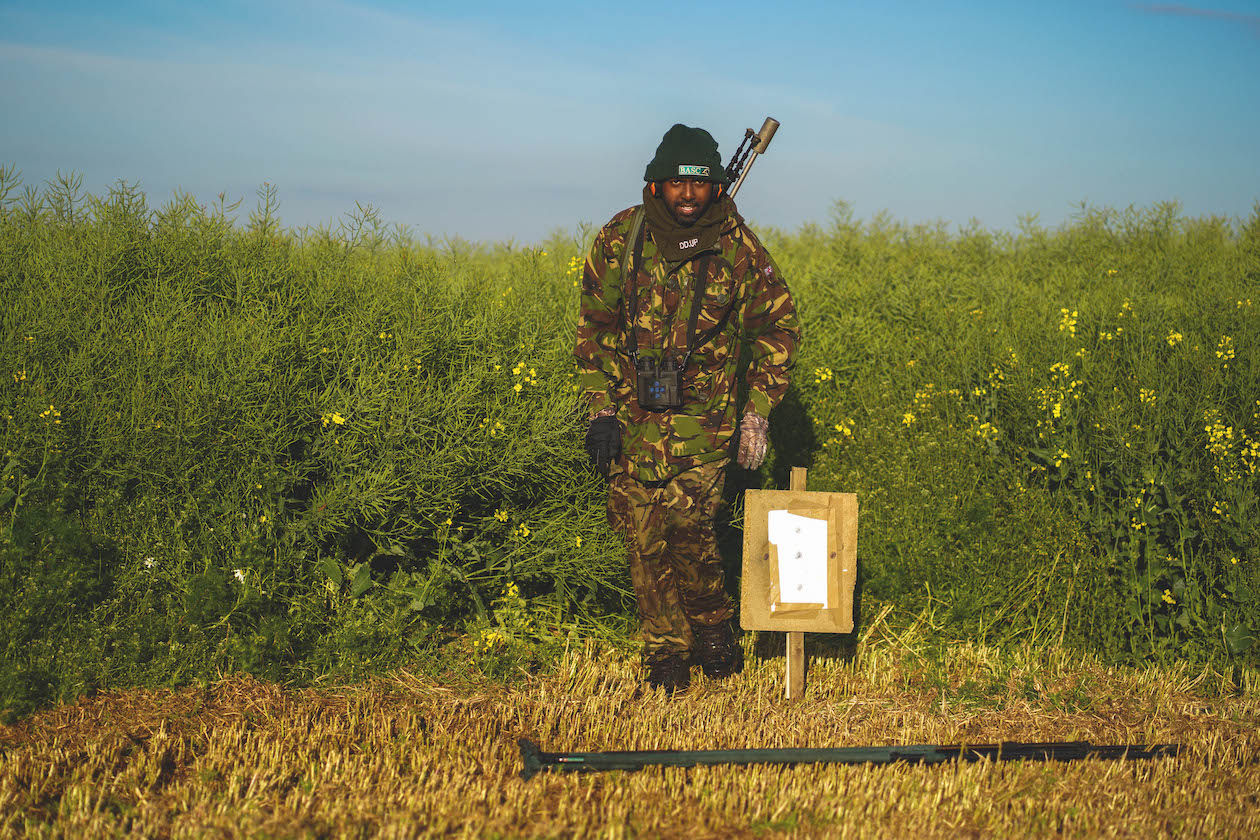
Al sets up the target so that he can practice with the new lead-free copper bullets
Edward explained: “The .243 remains probably the most popular cartridge. However, heavily marketed cartridges such as the 6.5 Creedmoor have certainly increased in popularity. The stalwart cartridges of .308, 6.5×55, .270 and .30-06 maintain a solid following. As we are able to shoot roe in Scotland with .22 centrefire, the .222, .223 and .22-250 sales are still strong. There are deer-legal lead-free options for all of them.”
I asked Edward how the proportion of ammunition sales look in terms of lead versus lead-free for rifles. “Because we import, manufacture, and distribute two brands of lead-free bullets and ammunition — Fox and Peregrine — our proportion of lead versus lead-free is probably skewed somewhat,” he said.
“We are producing proofed factory ammo, and supply several forest and conservation agencies with lead-free ammunition in volume. I suspect we are over 50% lead-free for both ammunition and projectiles.”
Bullet selection and shot placement are the two critical aspects for a successful cull. Whichever calibre rifle you pick up would be suitable, as long as it is fed the right bullet. While all deer calibres are fit for purpose perhaps, they can be split into small, medium and large calibres. For me, 6.5s are the entry level for fallow, sika and reds as a medium calibre. Indeed, some estates demand nothing less.
I also know many stalkers who happily hunt fallow with .243. It is cheaper and lighter on the shoulders to opt for small calibres such as .22 centrefire (in Scotland), .243 for muntjac, Chinese water deer and roe.
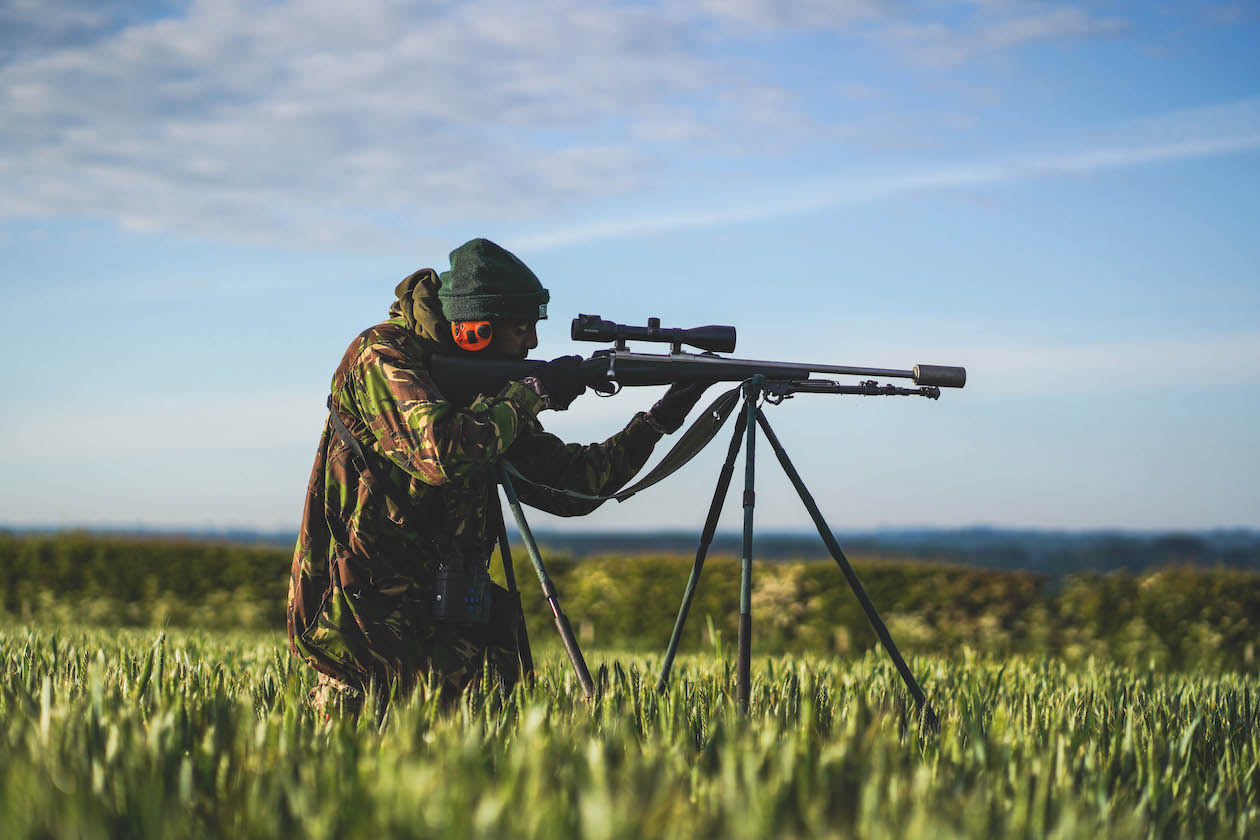
Having aborted his shot on the deer, Al sets up to do some target practice
Complications arise when you have muntjac and large reds on the same ground. Here is where an all-rounder such as 6.5s, .270 or .308 comes to its own. Smaller calibres carry an increased risk of wounding but not killing large animals when shot placement is less than ideal.
The situation is not the same the other way around. There is no such thing as overkill but there is certainly underkill. My ground is largely roebuck, with a few muntjac for good measure, so .270 is my calibre for life. Although two bucks had evaded me that morning, I maintain total faith in the .270’s capabilities as a hard-hitting calibre. It is also the recommended entry-level calibre for wild boar in the UK. (Read more on muntjac here.)
Expansion
Most lead-free bullets usually maintain their overall weight, which helps with penetration. Recent monolithic bullet designs have significantly improved bullet expansion. I spoke with Martin Parker, who is the head of firearms at BASC, regarding the best calibre and deer ammunition.
“I’m going to cheat slightly and use the true definition of calibre: without doubt 6.5mm in its various guises,” he said. “The 6.5x55mm Swedish Mauser has been used in Scandinavian countries for pretty much everything since 1894, along with the 6.5×54 Mannlicher-Schönauer. The 6.5 Creedmoor is a modern take, with a more efficient package. All are amazingly accurate and, with the correct bullet, capable of taking any species in the UK.
“Can copper bullets match the performance of lead for deerstalking? Based on the reports of my colleagues who shoot many hundreds of deer, yes,” Martin affirmed. “The Forestry Commission uses nothing else. The bullets need to be driven faster to ensure expansion but should behave like a Nosler Partition. We’re testing in ballistic soap and should have results for the Game Fair.”
The fragmentation of lead bullets does present a challenge for the venison industry and the current transition to lead-free is critically important for our sustainability credentials. In order to present venison as a sustainable meat source we need to follow market trends and use appropriate ammunition to cater for them. The benefit of non-toxic bullets in any deer calibre for the venison market far outweighs any issues people may have in transitioning from lead.
Another aspect we must consider is the cost of lead-free bullets. The box of Winchester I had on this outing currently costs about £42 a box. That’s £2.10 a shot. I think it is too expensive for the average shooter; so much that I was almost relieved when my first buck bolted. As I left the ground for the range some hours later, I considered how finances play a part and how in this instance home-loading might help bring the cost down. A case could be made that, in the long-term for the home-loader, the price might be lower running a calibre that consumes less powder.
Shooters have never had so many brands and types of bullets to choose from in the history of rifles, so make sure your calibre fits the bill when selecting deer ammunition.
Related Articles
Get the latest news delivered direct to your door
Subscribe to Shooting Times & Country
Discover the ultimate companion for field sports enthusiasts with Shooting Times & Country Magazine, the UK’s leading weekly publication that has been at the forefront of shooting culture since 1882. Subscribers gain access to expert tips, comprehensive gear reviews, seasonal advice and a vibrant community of like-minded shooters.
Save on shop price when you subscribe with weekly issues featuring in-depth articles on gundog training, exclusive member offers and access to the digital back issue library. A Shooting Times & Country subscription is more than a magazine, don’t just read about the countryside; immerse yourself in its most authoritative and engaging publication.







